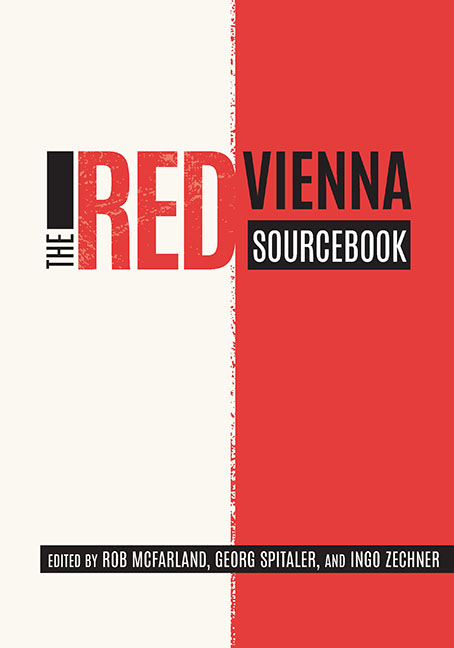Book contents
- Frontmatter
- Contents
- Acknowledgments
- Permissions and Credits
- A Note on the Structure of This Book
- Introduction
- Part I Foundations
- Part II Philosophies
- Part III Identities
- Part IV New Values
- Part V Social Engineering
- Part VI Vitality
- Part VII Housing
- Part VIII Cultural Politics
- Part IX Mass Media
- Part X Exchange
- Part XI Reaction
- Part XII Power
- Chronology
- References
- Contributors
- Index of Subjects
- Index of Persons
Chapter 1 - Constitution, Legislation, and Jurisdiction
Published online by Cambridge University Press: 23 October 2020
- Frontmatter
- Contents
- Acknowledgments
- Permissions and Credits
- A Note on the Structure of This Book
- Introduction
- Part I Foundations
- Part II Philosophies
- Part III Identities
- Part IV New Values
- Part V Social Engineering
- Part VI Vitality
- Part VII Housing
- Part VIII Cultural Politics
- Part IX Mass Media
- Part X Exchange
- Part XI Reaction
- Part XII Power
- Chronology
- References
- Contributors
- Index of Subjects
- Index of Persons
Summary
IN THE FIRST ISSUE of Der Kampf (The struggle), the monthly journal of the Austrian Social Democratic Workers’ Party (Sozialdemokratische Arbeiterpartei, SDAP), one of its founders, Otto Bauer, outlined the particular task of the Social Democrats in response to the 1907 electoral law reform, a task—as Victor Adler noted in the same issue—that consisted in the formation of a state rather than its preservation:
We Austrians are faced with national chaos: Constitutional laws that persist, state institutions that cannot live, a confederation of states (between Austria and Hungary) that cannot stay together yet cannot find a way to sunder, medieval-feudal-like autonomous crown lands that want to tear apart nations, as well as unorganized, legally nonconstituted nations that want to dissolve the crown lands. A community of states, government, crown land, nation—none of them fully constituted or finally dissolved, all mixtures of birth and death, ghosts that we must confront in broad daylight, every day, because our opponents are obsessed by them! … This predicament demands that we consider the somewhat tedious questions of state constitution and government, obliges us to deal with legal quibbles and tactical theatrics, and forces us against our will and inclination perhaps to become the experts in constitutional law for the Internationale.
Bauer's outline shows how seriously the party considered constitutional questions, even early on in the process. The demands the party made, as early as 1907, for “recognition of national autonomy and democracy as the basis for a future constitution” were aimed at “destroying the historical structure of the state” and dismantling its constrictive “bureaucratic framework.” These demands could not be met under the conditions of the constitutional monarchy but exerted a strong influence, after its collapse, on the Social Democratic ideology.
In view of both the symbolic and the material significance that Red Vienna was to achieve as the revolutionary center of the Social Democratic movement, it is important to consider, on the one hand, the intended union with the German Republic and, on the other hand, the demand for a centralized national state. The law of November 12, 1918, regarding the form of state and government of German Austria promulgated by the Provisional National Assembly (Provisorische Nationalversammlung) defined the democratic republic as the state form and declared German Austria to be part of the German Republic.
- Type
- Chapter
- Information
- The Red Vienna Sourcebook , pp. 15 - 32Publisher: Boydell & BrewerPrint publication year: 2019



